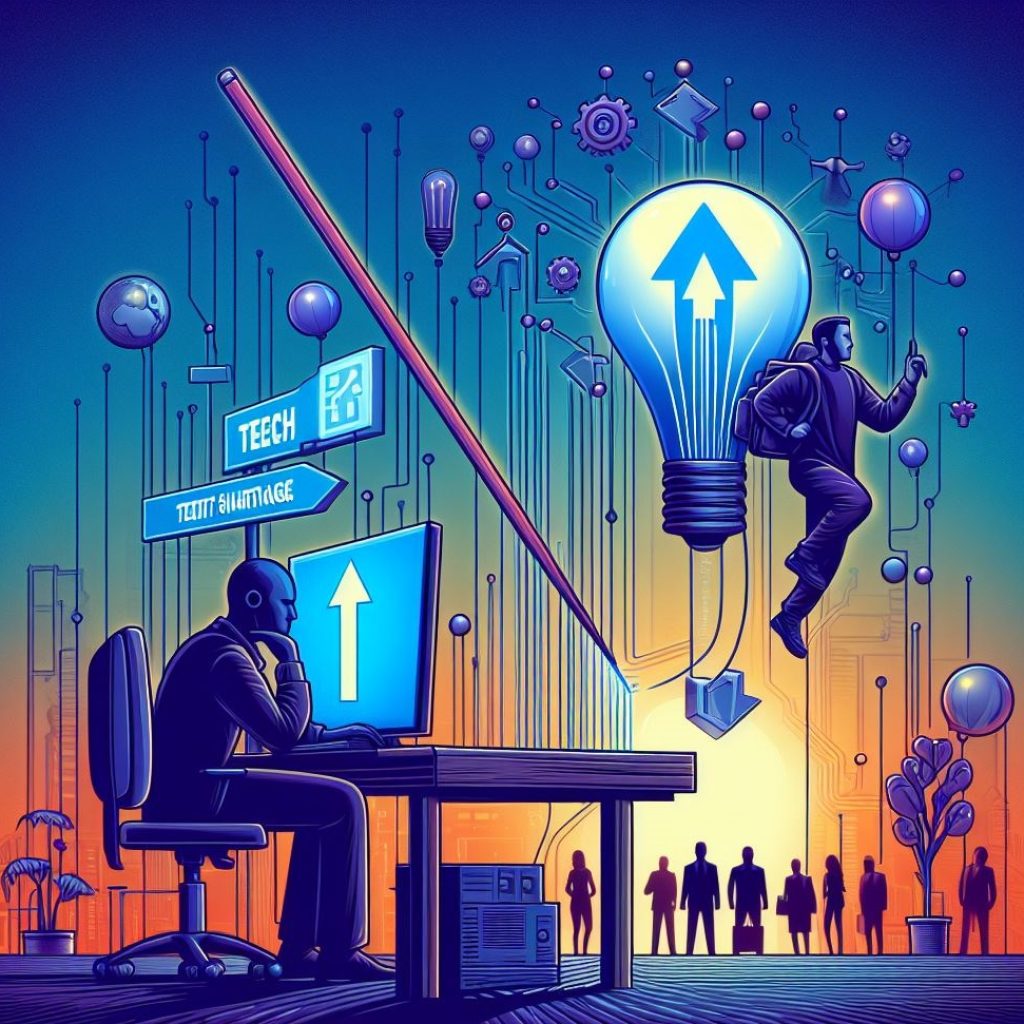In a stunning revelation before a federal judge, former Donald Trump lawyer and “fixer” Michael Cohen confessed to unknowingly utilizing an artificial intelligence app that generated fake legal case citations. These counterfeit references were embedded in legal filings submitted as part of Cohen’s attempt to expedite his supervised release, a move initiated after his 2018 guilty plea on charges of tax evasion and campaign finance offenses. The unsuspecting integration of AI-generated fake citations into the legal proceedings has ignited concerns about the implications of technology on the justice system.
Uncovering the deception
In filings designed to expedite supervised release, Cohen unknowingly incorporates AI-generated fake cases. Michael Cohen’s legal entanglements took a bizarre turn as it was revealed that he unknowingly passed along fabricated legal references, generated by an artificial intelligence app, to his attorney. The deceptive citations were strategically included in legal filings aimed at concluding his supervised release ahead of schedule. The New York Post reports that the questionable citations were part of an intricate effort following Cohen’s 2018 guilty plea on charges of tax evasion and campaign finance offenses.
As per a report disseminated by the venerable Associated Press, a distinguished federal jurist, in the unfolding chronicles of the present month, deemed it imperative to solicit elucidation from the legal proxy representing Mr. Cohen concerning the perplexing inclusion of ostensibly non-existent court adjudications within a legal motion tendered on Cohen’s behalf.
The gravity and significance of this legal imbroglio reached an acme of profundity when, on a fateful Friday, the curtains of judicial transparency were drawn aside, revealing with resounding astonishment that not only did Mr. Cohen proffer these spurious legal references unwittingly, but, he remained blissfully unaware that the service he enlisted for this purpose was, in actuality, an artificial intelligence application endowed with the formidable capability of fabricating citations and descriptions that, while emulating authenticity, were fundamentally and incontrovertibly fictitious in nature.
AI-generated fake citations – Unveiling unaware utilization in law
In a convolution of labyrinthine proportions, Cohen, in tandem with his legal consorts, unequivocally avowed that despite his dissemination of misleading citations to legal representatives, he remained blissfully oblivious to the underlying orchestration—a revelation affirming that the conduit facilitating this legal choreography was, unequivocally, an artificial intelligence application.
The elevated echelons of technological sophistication raise probing inquiries into the potential misuse of artificial intelligence within the sacred precincts of legal frameworks, as the intricate tapestry of the legal landscape grapples with the intersectionality of technology and the unyielding quest for justice. The inadvertent integration of AI-generated content issues an imperative summons for a scrupulous examination, scrutinizing prevailing safeguards and the ambient awareness enveloping these technologically sophisticated tools within the solemn halls of legal discourse.
In the protracted saga of the legal fraternity contending with repercussions from Cohen’s inadvertent utilization of AI-engineered counterfeit citations, a salient question looms large: How can the justice system metamorphosize to align with the ceaselessly evolving technological landscape, achieving a delicate equilibrium between operational efficiency and fortification against insidious machinations? The imperative lies in navigating this intricate labyrinth with a nuanced approach, ensuring the system’s adaptability without compromising the imperatives of justice and guarding against the artifice of deceptive stratagems.




